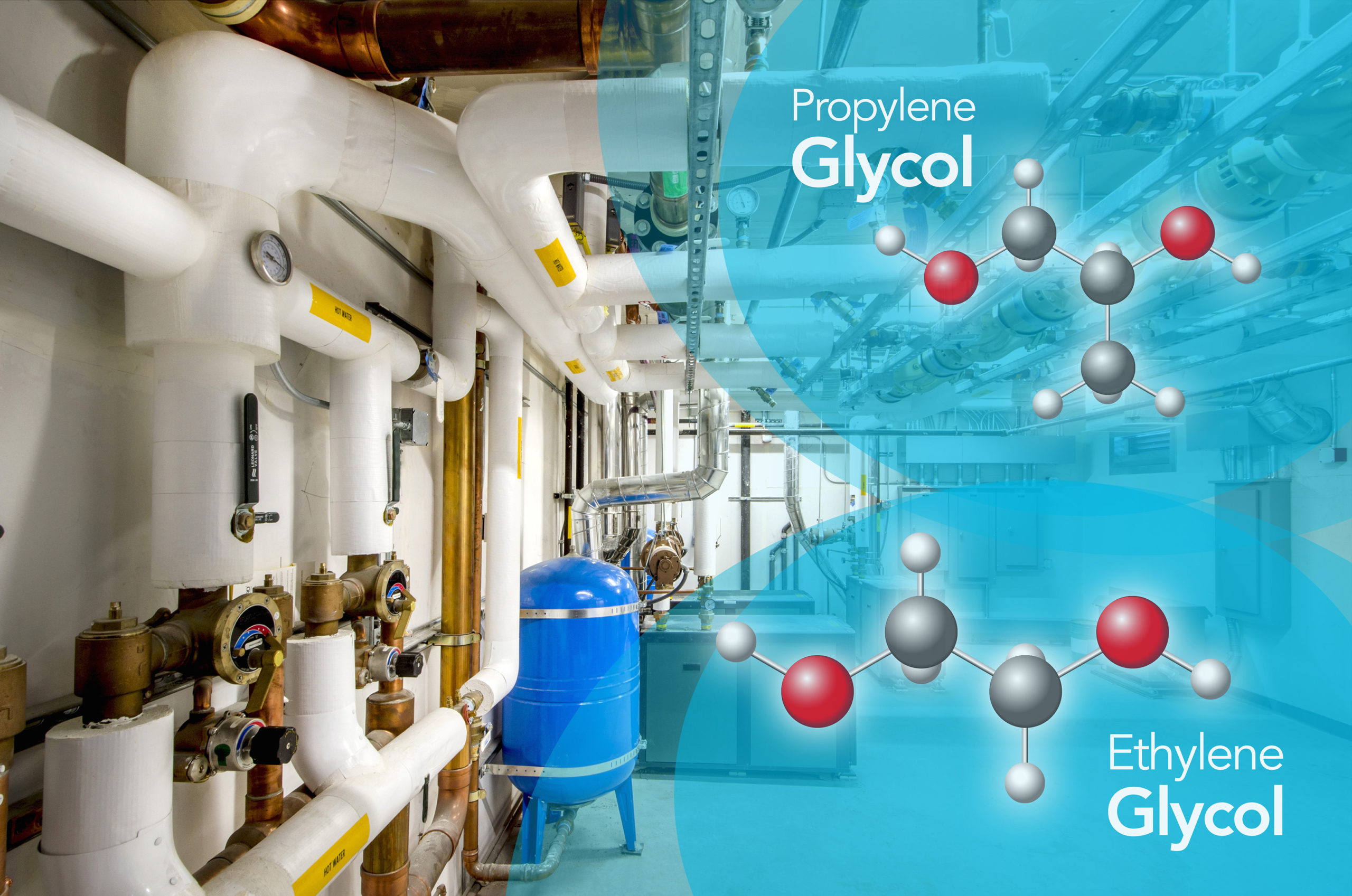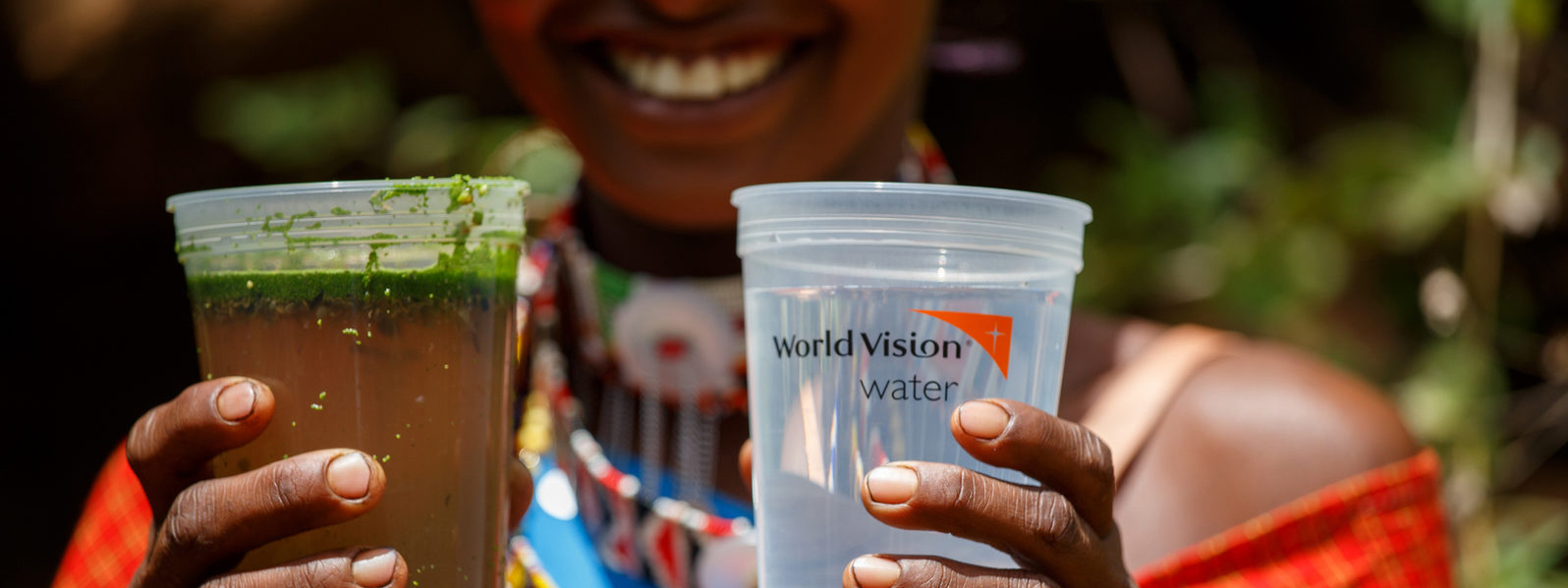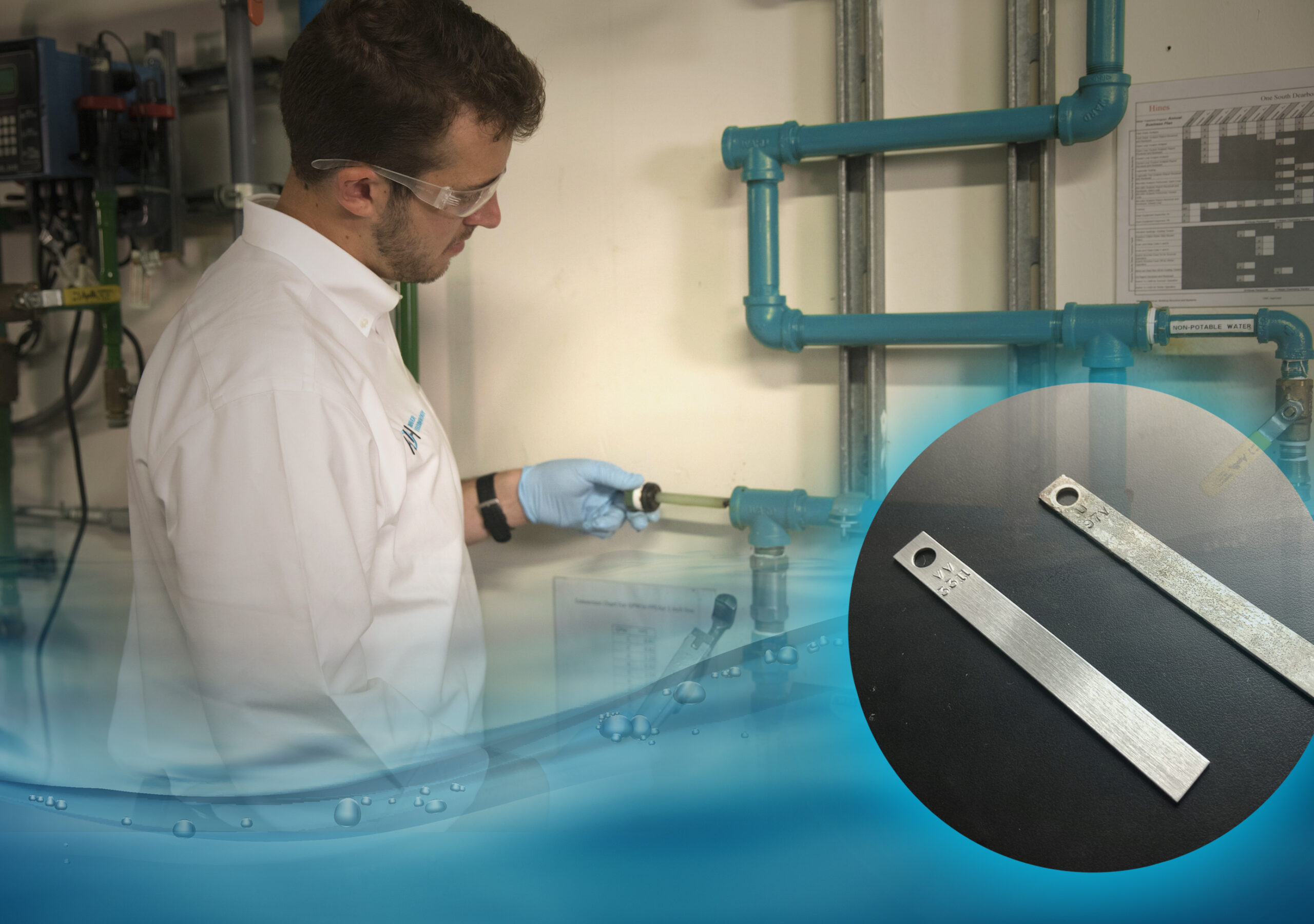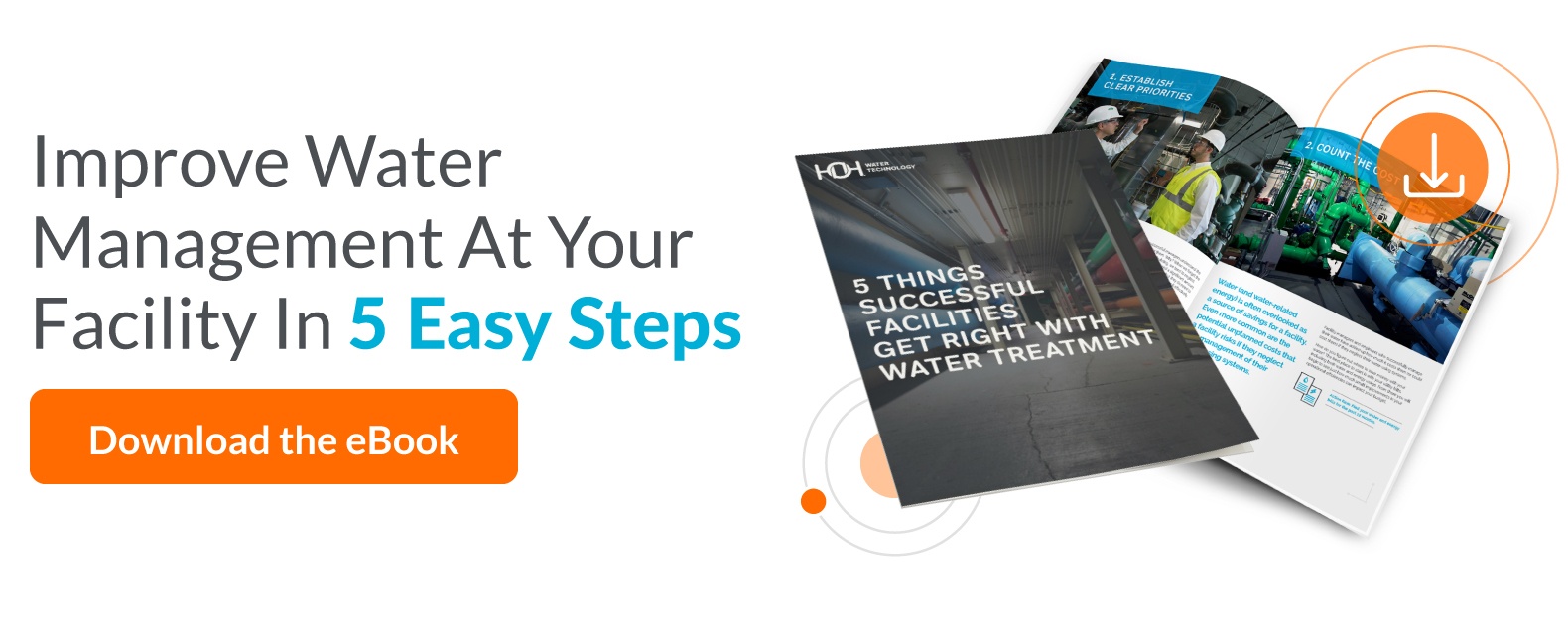
 Facility managers know that adding glycol to their closed-loop water systems is essential for freeze protection. However, many rely on existing protocols or “what we’ve always done” as their guidepost. The problem with that approach is that there are important details that can easily be overlooked in getting your glycol application right. If your glycol levels are too low, or the glycol in your system breaks down, you may be in for some expensive problems.
Facility managers know that adding glycol to their closed-loop water systems is essential for freeze protection. However, many rely on existing protocols or “what we’ve always done” as their guidepost. The problem with that approach is that there are important details that can easily be overlooked in getting your glycol application right. If your glycol levels are too low, or the glycol in your system breaks down, you may be in for some expensive problems.
Let’s take a look at how glycol works in closed-loop systems and the problems you need to avoid.
Industrial Glycol Application In Closed-Loop Water Systems
Industrial glycol is composed of either ethylene or propylene glycol, a corrosion inhibitor, and water. It is added to closed-loop water systems for freeze protection and/or burst protection – similar to the idea of adding anti-freeze to your car engine.
Ethylene Glycol
Ethylene glycol is an efficient freeze-protector and typically less expensive than propylene, but it is toxic, and therefore facilities need to adhere to proper safety protocols when applying it or discharging it.
Propylene Glycol
This is a non-toxic alternative to ethylene glycol, but it’s also more expensive. For facilities that process food or those with green or eco-friendly initiatives, this is the obvious choice.
Most facilities get their glycol from a water treatment partner to ensure that they’re getting the correct application and that their systems are properly protected. You could source your own inhibited glycol because it’s a commodity chemical, but there’s expertise involved in applying it, not just selecting it.
According to Joe Kowal, Senior Executive Account Manager at HOH:
“Most facility managers have so much going on and understanding their glycol application is not high on their list of priorities. That’s why it so critical to have a trusted water treatment partner.”
What Goes Wrong With Glycol?
Sean Parmelee, Technical Sales Specialist at HOH notes that:
“Glycol should be chemically stable, even at the higher temperatures in a recirculating chilled or hot water loop. If your glycol is breaking down, it’s likely a bacteria-caused problem.”
The breakdown of glycol by bacteria releases acidic byproducts, which means you could eventually see 4 problems:
1. Poor Water Quality
Corrosion debris may turn the water turbid or rusty, and bacteria may release hydrogen sulfide or odor-causing byproducts.
2. Equipment Damage
This could include corrosion and leaks in pipes, fittings, and heat exchangers, or damage to your pumps and chillers from abrasive particles.
3. Comprised System Efficiency
Your HVAC equipment will run less efficiently due to the coils clogging up with corrosion debris.
4. Pipes Freeze or Burst
The is your worst-case scenario and the most expensive to mitigate.
Parmelee points out:
“Freeze protection can also be compromised simply by water losses. Our team visits facilities to assess their systems and get to the root of the problem – whether that’s a bacteria issue or a leak.”
4 Signals That You’ve Got a Glycol Problem
If you notice any of these signals, you may not have enough glycol in your system, or it may be compromised:
- Having to make frequent filter changes
- Excessive delta T’s or delta P’s across heat exchangers/air handlers
- Smelling odors indicating fouling
- Seeing turbid or discolored water in your system
Having your water treatment partner run diagnostics on your water allows them to identify the root cause of these problems and recommend the best solution. Remember that early detection leads to a better outcome.
How Much Glycol Do I need?
This is best answered by a professional water treatment partner.
“Adding glycol can involve a complex math problem,” says Kowal. “Most facility managers recognize that glycol should make up, say, 30% of their system…but 30% of what? If they don’t understand the size of their system, they don’t really know how much glycol they need in gallons.”
How Frequently Should You Replace Glycol?
There’s not a hard-and-fast rule about how frequently you should replace your glycol.
Kowal adds:
“Some of our customers have had the same glycol in their systems for thirty years, some have had to replace or add after only five years – it’s totally unique to the facility.”
However, HOH recommends testing at least once a year to ensure that proper levels are being maintained and that you really are protected.
If you believe that there’s a problem with your glycol, you should contact your water treatment partner immediately.
“The best thing you can do for yourself and your equipment is to stay ahead of problems by being vigilant and looking for the signs we mentioned above. A professional water treatment partner can take it from there.”
Recent Blog Posts

Five Ways to Increase the Efficiency of Your Closed Loop System

Global 6K for Water


